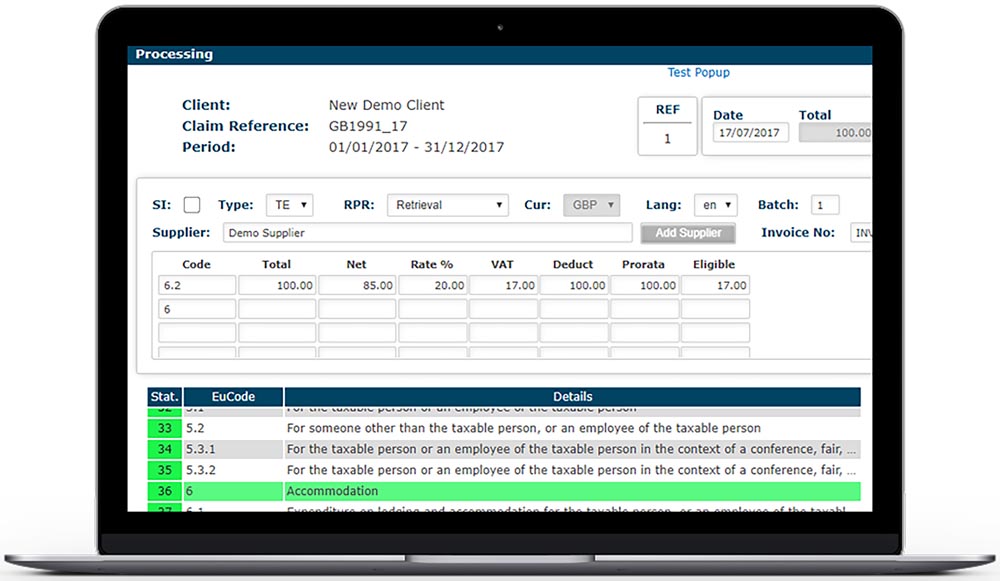
With nearly five million UK workers classed as self-employed and in ‘non-traditional’ employment, the gig economy is under increasing scrutiny in the courts and in government. Supporters of the gig economy talk about empowerment, flexibility and entrepreneurship; critics are concerned about the lack of stability, low pay and exploitation.
So what is the current situation, and what do recent court decisions and consultations mean for employers and workers going forward?
The three-tiered UK model
UK employment law uses a three-tier model with regard to the status of working people, as follows:
Tier 1: Self-employed
These individuals operate their own businesses, absorbing any risks, and are thus not entitled to workers or employee rights. Any rights they have are contained in the contracts formed with clients.
Tier 2: Workers
This is the “in between” category. These individuals generally have short-term contracts and are entitled to basic statutory rights such as rest breaks,
minimum wage and holiday pay. They have the right to protection from discrimination and under the whistleblowing
legislation.
Tier 3: Employees
Employees carry out work regulated by an employment contract, and on top of the basic workers’ rights, they are entitled to maternity, paternity and sick pay. They have the fullest protection under UK employment law, including the right not to be unfairly dismissed and to receive a statutory redundancy payment.
The Gig Economy on trial
A quick summary of the cases so far shows the Courts offering protection to a variety of “workers”.
Driver = Worker
Uber – drivers are workers as long as they:
Have turned on the app
Are ready and willing to accept fares
Are in the area they are authorised to drive in
Addison Lee – drivers required to hire car from AL’s associated company and not to use vehicle for any other commercial purposes. Not uncommon for drivers to earn all of their income from their driving job with AL.
Cycle courier = Worker
Addison Lee – their fleet of cycle couriers provided a service for AL, and there was mutuality of obligation all the time the courier was logged on to the app.
CitySprint – cycle couriers required to log on to tracking system and wear their uniform.
Plumber = Worker
Pimlico Plumbers – plumber normally had to be available for minimum of 40 hours per week and had to wear uniform.
Deliveroo cycle couriers, however, were found to be self-employed. Why? Because there was evidence of a genuine right of substitution where some cycle couriers sub-contracted the delivery work to others, and took a cut of the fee earned.
Tax risks
These issues are also extremely important so far as tax treatment is concerned, where the position is slightly different than under UK employment law. For HMRC purposes, there are just two categories – self-employed or employed.
In the above cases, the company was treating the individual as “self-employed”. Even if the individual was paying tax and NI through the self-assessment process, there is a risk that nevertheless HMRC could seek to recover tax, interest and penalties from the company.
In one recent case, drivers working for a haulage business were found to be employees for tax purposes as the business provided them with lorries and drivers were paid fixed rates.
The future for the Gig Economy
In 2017 the Good Work: The Taylor Review of Modern Working Practises report lamented the ambiguities under current law pertaining to the distinction between workers and self-employed persons, and advocates for statutory reform to clarify this distinction. Increased clarity would protect individuals by allowing them to know what statutory rights they have, and help business mitigate against falling victim to unfair advantages being awarded to competitors who attempt to take advantage of the absence of workers’ rights for independent contractors.
In response to the Taylor Review, the government released a report in February 2018 in which they agreed that “everyone [should] be able to have easy access to information about their working arrangements and what rights they should have”.
The government is currently proposing:
That the right to a written statement of terms of employment be extended to all workers, including those on zero hours contracts.
That all workers be entitled to itemised payslips from April 2019.
That the one week gap between assignments to preserve continuous employment be increased.
The European perspective
It is estimated that around 40% of EU citizens are part of the “irregular labour market” ie. self-employed, part-time etc. In September 2017, the European Commission announced it was pressing EU members to ensure a higher level of protection for these individuals in terms of social security benefits and maternity rights. The output from the Commission’s consultation is awaited.
There is still very much a place for the zero hours worker in the UK economy. If you would like advice on how to structure this contractually, or on any employment law matter, please contact Greg Burgess on 01293 558547 or any member of The DMH Stallard Employment team.
Greg Burgess is an Employment Partner at DMH Stallard,







